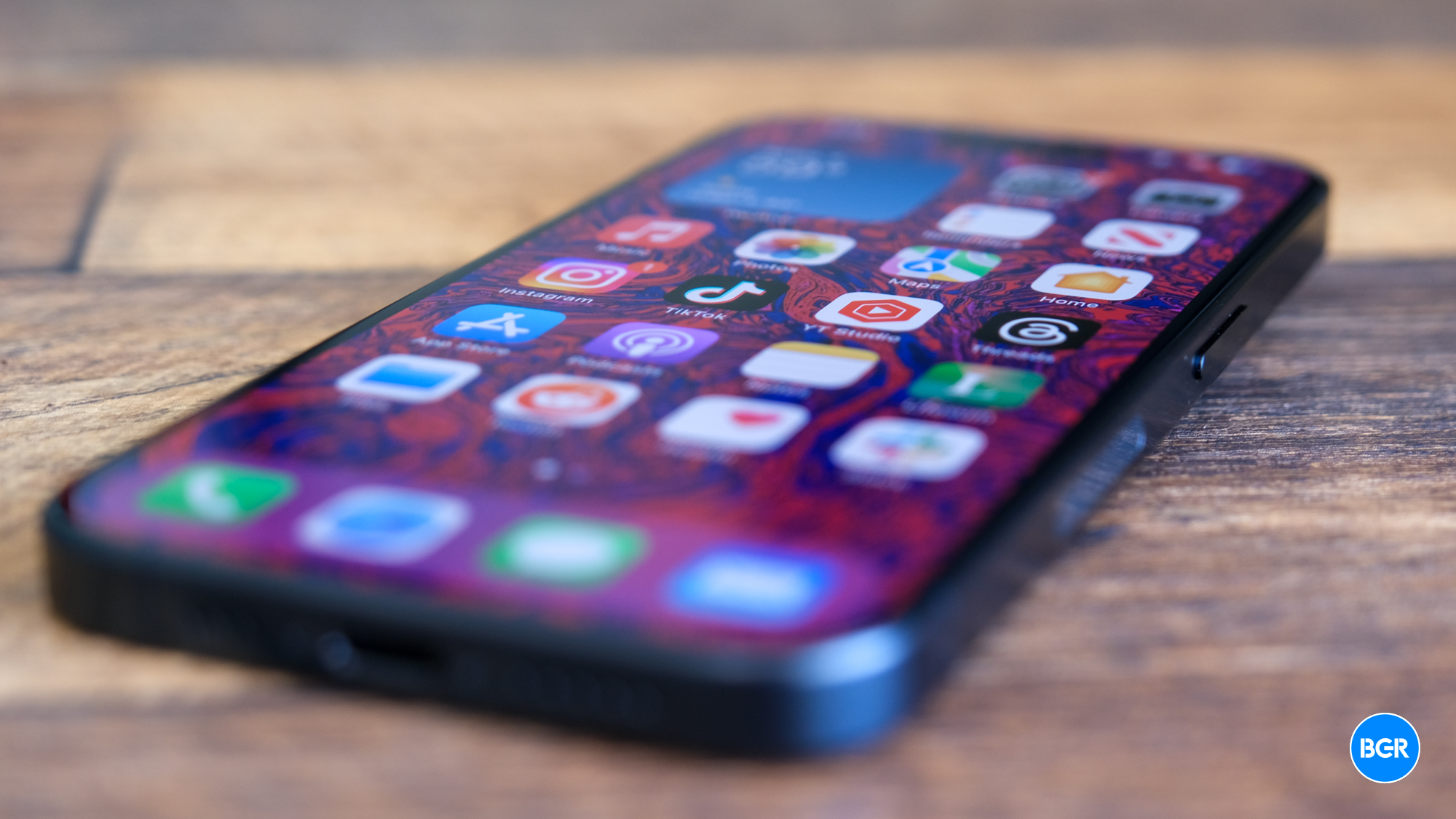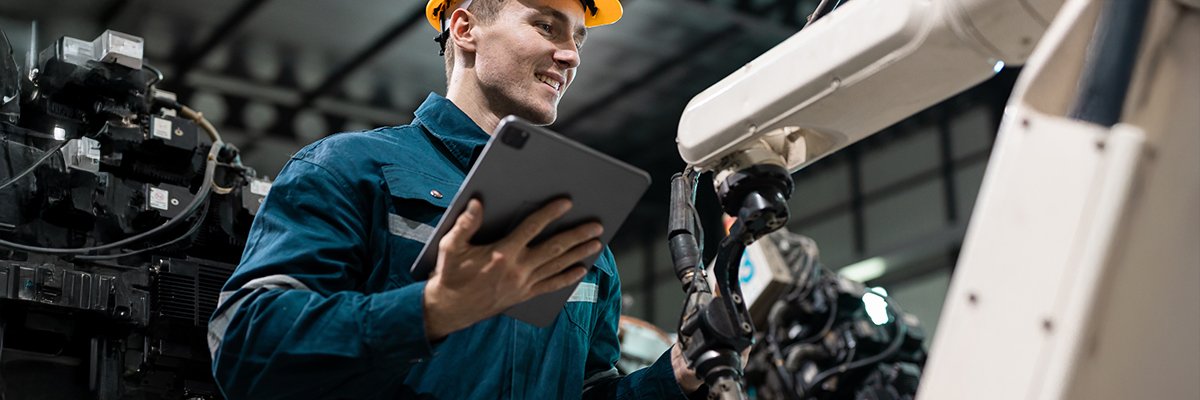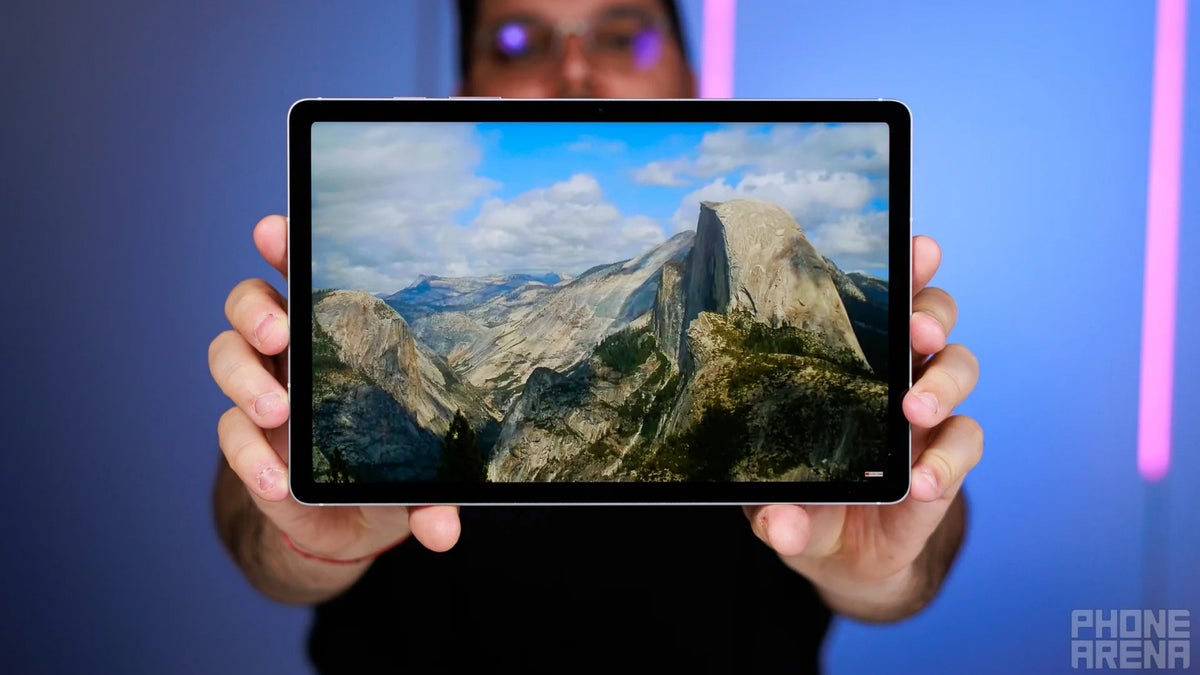Brad Pitt’s upcoming F1 movie is shaping up to be the blockbuster sensation that Apple TV needed. The Apple original will hit theaters before streaming online, and that’s probably the best way to watch F1.
This isn’t a movie shot with special effects, and that’s the main reason I want to see it. Director Joseph Kosinski, known for putting actors in real jet fighters to film Top Gun: Maverick, did something similar for this movie about Formula 1 racing. He wanted actual footage from the cockpit while the Formula 1 cars were reaching speeds of up to 300 km/h on popular tracks around the world. He preferred real race footage over the easier route of computer-generated races.
If you’ve watched Formula 1 races, you know that broadcast directors routinely switch to the cameras inside the cars to give us a sort of first-person look at the race. That technology wasn’t good enough for Kosinski. Luckily, he had a trusted partner to help improve the quality of those Formula 1 cameras: Apple.
That’s right, Apple didn’t just fund the F1 movie, it also provided critical technology used to capture many of the scenes showing Formula 1 drivers racing on popular circuits.
Apple had to place a few essential iPhone 15 Pro components inside the fins on Formula 1 cars that contain the regular cameras used for live broadcasts. It also devised new camera features that later rolled out to the public with the iPhone 15 series.
Apple held a presentation at WWDC 2025 about the work it did to improve the quality of footage a Formula 1 car can capture, and to make sure it worked well for the F1 movie.
Detailed by Wired and several YouTubers who attended the briefing, Apple’s camera work for the F1 race is nothing short of impressive.
Apple practically hid the brains, battery, and camera of an iPhone 15 Pro in one of those tiny fins on a Formula 1 car to capture professional footage. It did this for several F1 cars, which used Apple’s iPhone cameras in real races throughout the 2023 and 2024 seasons. That means Apple used those iPhone parts before the iPhone 15 series was released.
While Apple didn’t reveal exact specs, it likely used an A17 Pro chip, which contains the image processing power for the camera, along with a 48-megapixel wide camera. That’s the setup found in the iPhone 15 Pro and 15 Pro Max models.
Apple also used an iPhone battery and added a neutral density filter on top of the camera.
The only way to control the camera was by hooking it up via cable to a custom iPad, which let the director and cinematographer manage the shots.
Interestingly, the camera Apple designed was lighter than expected, so extra weights had to be added to make sure the Formula 1 car specs were still met.
The Formula 1 “iPhone” ran iOS with custom firmware. The videos were captured in log format using Apple’s ProRes lossless video codec. This allowed editors to match the race visuals with the rest of the movie.
Apple later brought log encoding and Academy Color Encoding System (ACES) support to the iPhone in September 2023 with the launch of the iPhone 15 series. Most iPhone users probably won’t use these advanced video features, but creators who want to shoot high-end clips on iPhone certainly can.
The video captured for the F1 movie will prove that iPhones can be used to record professional video. It’s already happening. Most recently, Apple’s WWDC 2025 presentation was filmed using iPhones.
Make sure to watch Bobby Tonelli’s video below to get a better idea of what Apple did to deliver the best possible F1 experience, and how that impacted iPhone camera performance. The clip also includes visuals that explain what kind of Formula 1 rules Apple had to follow to get its cameras into real races.










